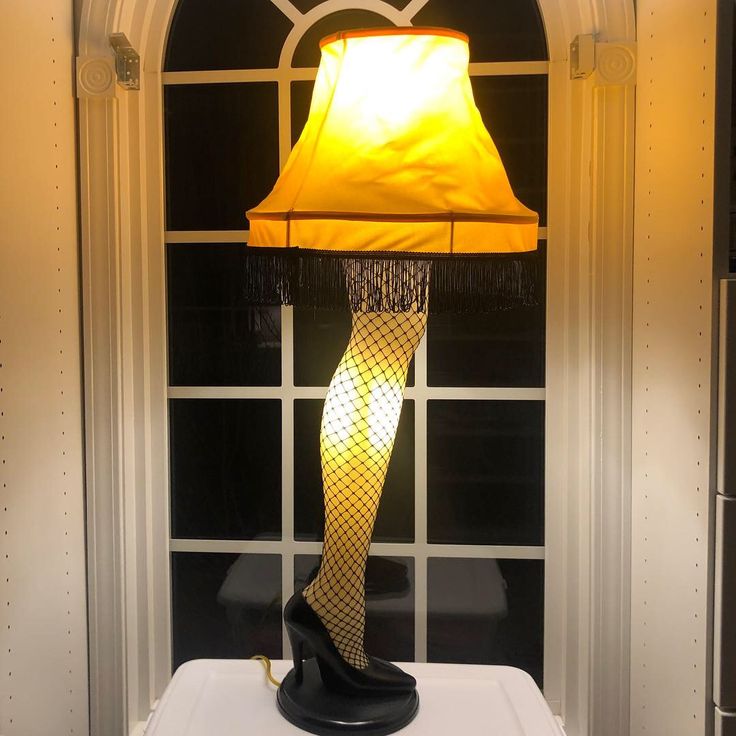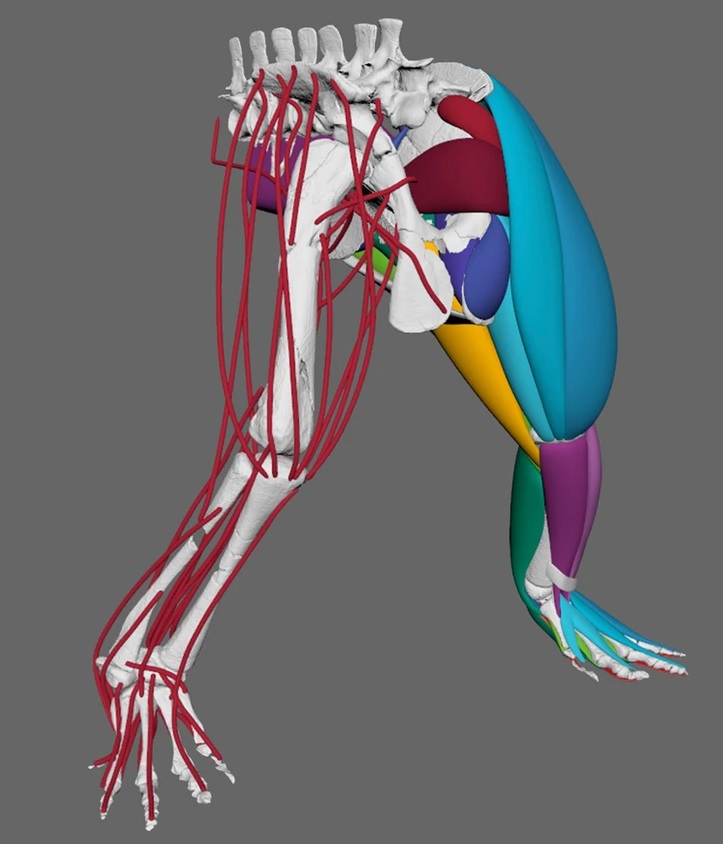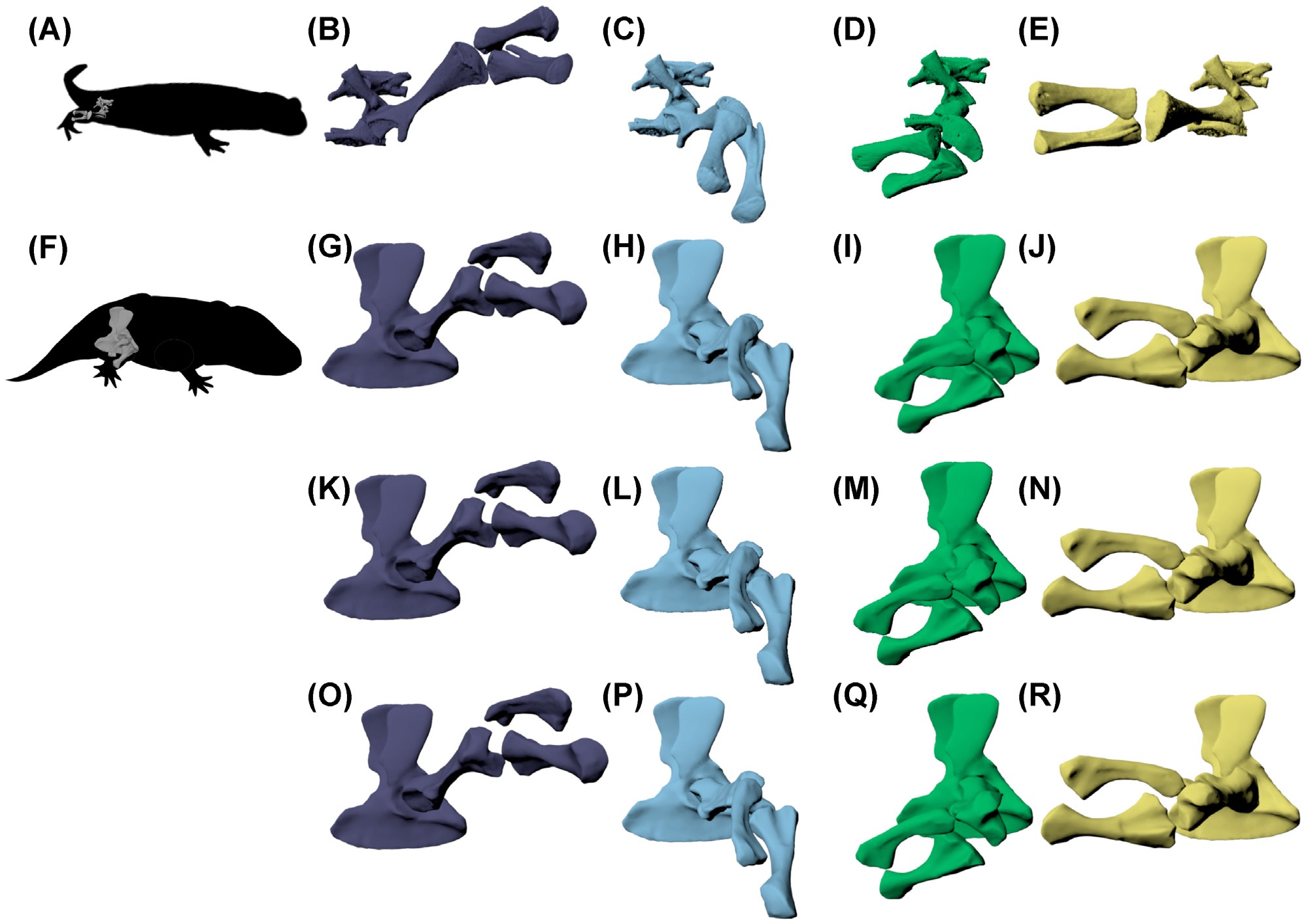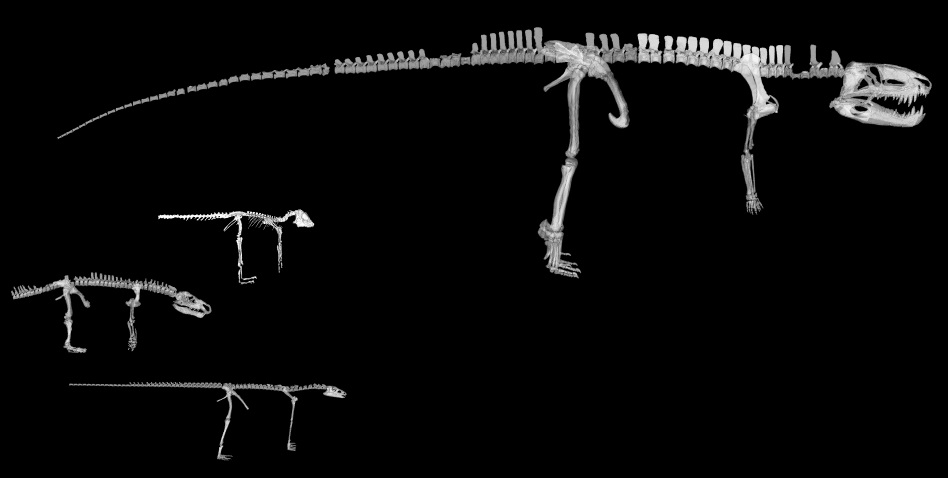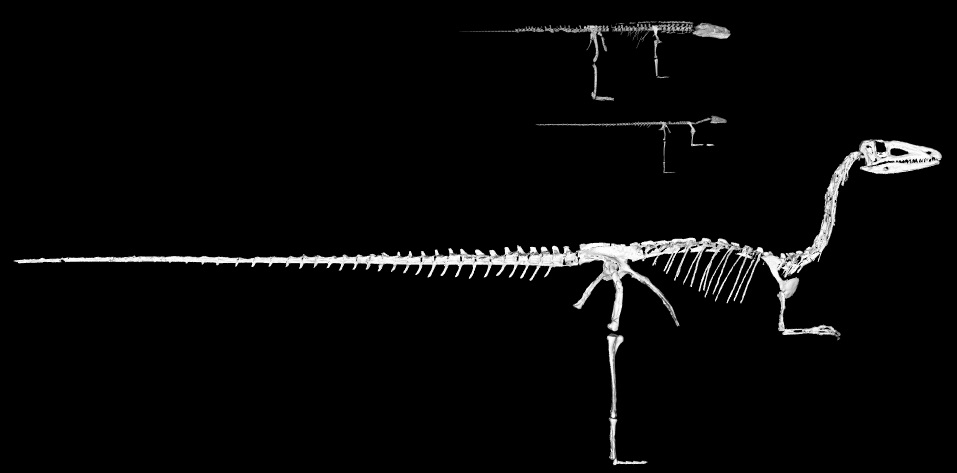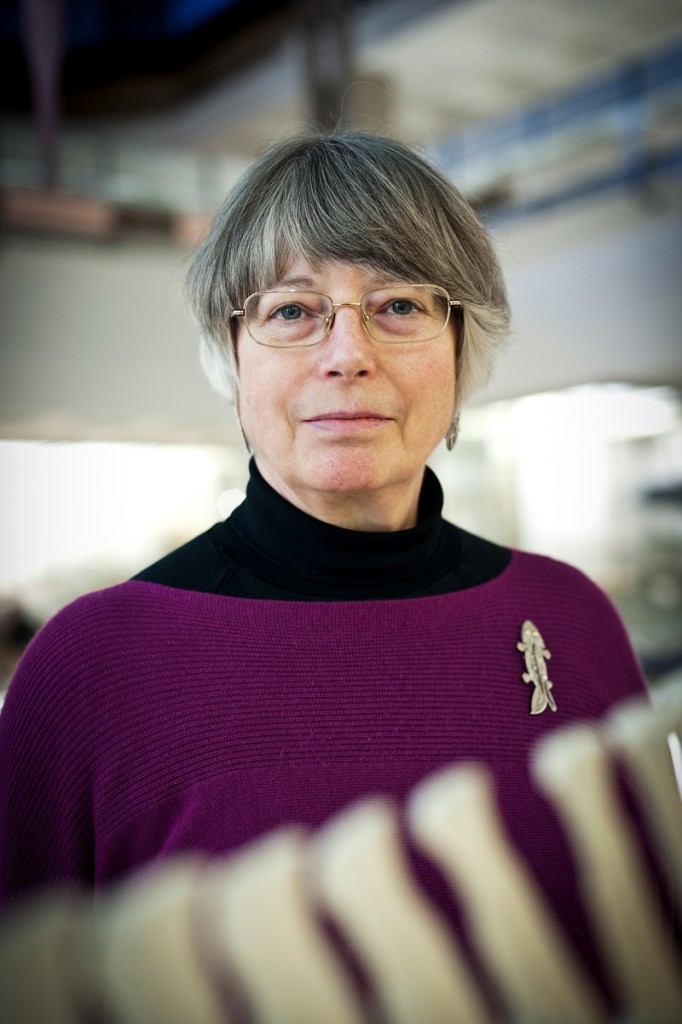Today the official news came out that represents a highlight of my scientific career. After seven years of intense internal and external review and scrutiny, I’ve been elected as a Fellow of the Royal Society (of the United Kingdom) (“‘FRS” title), the oldest scientific society in the world; since 1660 C.E. “For British scientists, a fellowship to the Royal Society is the equivalent of a lifetime achievement Oscar.” It has included eminent scientists from Newton and Darwin to Boyle, Faraday, Einstein, Turing, Hodgkin, Peter and Rosemary Grant, Tickle, and personal scientific hero Alexander. And… Elon Musk. The Royal Society’s broad announcement is here, and the RVC’s press release about me [pending] is here.
Stomach-Churning Rating: 0/10; no anatomy, or even images, here.
I got the initial e-mail message (then a formal letter) from the Council back on 22 March 2023, and when I opened it I screamed repeatedly in joy and surprise, for about an hour. I barely could breathe. I could not believe it, even though this process had been going on for so long. I’d trained myself not to expect it, as I knew it was incredibly selective. It was a spectacular feeling that I’ll treasure forever. And it came at a very dark time, when I was full of doubts about myself and my future, with old feelings of ‘imposter syndrome’ resurfacing against a backdrop of terrible health problems plaguing me more intensely for about 2 years. It has tremendously uplifted my mood. It has been weird to hold back any sharing of the news for almost 2 months.

I’ve openly written here at great length about my troubles with becoming disabled, and then my strategies for managing a complex team, handling the issue of blame, how I enjoy and reflect on success while remaining vulnerable, a typical day in my working life, condemnation of game-playing in paper co-authorship, and more such introspection. This post is a positive one that focusses on what I am grateful for (mainly, who I am grateful to) that has enabled me to get to this point, where I have the privilege of an award that means a lot to me.
First and foremost, the most important thing is that I thank my family. Most immediately, I would never have had this privileged position without the constant, loving support of my wife before and during raising our daughter (who gave me new delights of fatherhood). We’ve shared some great times. I learned a lot about life and myself. I wasn’t alone; I had someone wonderful to trust and confide in. I can’t put into words how much this helped me, day after day through over 25 years now. And I can’t mention this without mentioning the terrible burden we experienced when my epilepsy struck in 2014, and since then. There were depths of despair that my wife helped me through. I’ve never spoken or written about this particular thing before, but around 2016, when I was having a terrible time getting the right drug to stave off my clonic-tonic “grand mal” seizures, one drug gave me side effects amplifying thoughts and urges to commit suicide to escape the suffering. It was an indescribably scary feeling, and fortunately we switched drugs and now seem to have found a combination that at least temporarily is working for me. That’s but one example. I share it also because suicide is a huge issue that impacts so many others, and I hope my example might be a light of hope, however small it might be. More generally, I have needed a lot of help from my wife, and I got it. Thank you, so much.
My parents gave me a middle-class upbringing that was quick to praise intellectual ability and academic success; my sisters and I all flourished in different ways. I benefitted from excellent resources and experiences with the natural world, from reading library books to visiting museums and exploring the great outdoors near home and during travels; often to my grandparents’ homes in Ohio and Florida, with different nature to investigate. I received a solid education and went to a good university where my intellectual life flowered. I didn’t always excel, and sometimes truly disappointed (cough that ‘D’ in one semester of chemistry, cough), but that was on me. I had fun, too. Too much fun.
Second, I had influential academic mentors. In undergraduate education and research at the University of Wisconsin, from Wendell Burkholder in agricultural entomology, to my own dad’s lab (as a Professor in microbial genetics, to Dianna Padilla’s lab in molluscan marine ecology, to Dana Geary’s and Klaus Westphal’s expertise in (again, mainly invertebrate) palaeontology; and all of their teams. Grad school at the University of California in Berkeley (Integrative Biology department) was marvelous. It transformed the life of my mind and my career. My supervisory committee Kevin Padian, Rodger Kram, Bob Full and Tony Keaveny (and other faculty such as Marvalee Wake, David Lindberg and Bill Clemens) gave me so, so much support and constructive criticism. I struggled for 3 of my 6 PhD years and they got me to my feet. Finally then, I realised what my career trajectory and goals were; I wanted to weave together evolutionary biology/palaeontology (with a morphological foundation) and biomechanics more strongly into the emerging discipline of evolutionary biomechanics. That epiphany has guided my whole career and identity as a scientist. It was a challenging journey but my mentors got me through it, and I had great external role models/mentors; Steve Gatesy at Brown University most prominently amongst them. Next, I was massively fortunate to get an NSF Bioinformatics postdoc to learn more biomechanics and cutting-edge biomedical engineering methods (musculoskeletal modelling and simulation) with Scott Delp at Stanford. This opened up the academic path that I’d dreamed of, giving me the vital technical foundation that I still use today. All of the teams of these people, and fellow graduate students/postdocs, were a fantastic peer group, even more role models, and educators for me.
Third, I’ve had an enormous panoply of collaborators in my own team and externally. I’ve had the opportunity to mentor and work with about 24 postdocs/fellows, 12 technicians and an administrator, 14 Masters students, 12 main and 26 co-supervised PhD students, and lots of undergraduate research projects. I tried to do good for them, too, but I had my share of failures, mistakes and mis-judgements. There has never been a one-way flow of benefits from me to them. I have always prospered from these experiences, crucially by learning new things (e.g., skills; knowledge; understanding of interpersonal relationships) from this interdisciplinary group. I’ve not just benefitted from publishing papers with them, although I love doing that. The same goes for the countless collaborators I’ve had outside of my team. I don’t know how to begin acknowledging all of these wonderful people, but my publications and grants are concrete evidence of their help.
Finally, the RVC has had my back for almost 20 years now. They believed in me enough to give me a job straight out of my first, 2-year postdoc. The aid I got goes from our amazing Structure & Motion Lab (led by Alan Wilson, FRS), which welcomed me into the ‘ground floor’ to help begin building it in 2003 and raising it to global prominence in our fields, to other faculty that became friends and inspirations, to upper management that created a near-perfect environment for me. I always was told to just do good work, in whatever form. They set me free to decide what was best and to just do it, and they gave me (and the rest of us in the SMLab) tremendous, world-class resources (space, funding, infrastructure and more) enabling it. I’d never have had the success I had in getting grant funding without all of this. And I know this kind of situation is a rare privilege. I can’t say I suffered from any biases or other major obstacles that held me back. It was all up to me in the end, to take advantage of what was available. “Onward and upward” was the saying I heard, and what happened.
There’s much more to thank, such as the friends and colleagues, the helpers I never may have fully been aware of, the medical care I got since I first became chronically ill in the mid-1990s (and via NHS since then), and then there’s money, and other concrete support that came from family. I lost my parents in early 2011. They passed on an inheritance that has helped us to prevent lean times. I’m not a financial whiz, and without this money the stress would have been so much harder to bear. Man, do I ever wish my parents were here today. My sisters took care of my parents during their illnesses, and I was in the UK unable to really help. That made a big difference.
But I can’t end without thanking who first nominated me for this Fellowship. I feel very emotional about this. It dredges up profound feelings and memories of good and bad times. Jenny Clack, FRS, came to the RVC to give a college seminar sometime around 2015(?), during our second NERC grant on early tetrapod locomotion. That was another collaboration that gave my career a big boost, and I’ve had a lot of fun with it. I drove Jenny back home after the seminar, and she was in contemplation at one point, carefully asking me something like “What do you think your effect on the field has been?” I came up with an OK answer; I think she might have been satisfied. Not long thereafter, she nominated me for the Fellowship. I didn’t understand the process, but gradually learned and got some guidance through the years. But Jenny died from cancer in 2020, just as the Covid-19 pandemic was about to truly kick off. This occurred during a year that was awful beyond my capacity to express, in innumerable ways; breaking my heart, my mind and my body; from which I’ve not recovered. Losing her deeply wounded me. She was a great friend and mentor. I have enormous respect for her, and I miss her. I wouldn’t have received this award now without her faith in me. Mike Benton kept the ball rolling with the nomination process after she passed, and I thank him too. Whoever else; Fellows or external reviewers; that gave me the thumbs-up during this process, wow, thank you too.
No one pulls themselves up by their bootstraps or is self-made. That’s a stupid myth that serves the privileged.
Now it’s all up to me. I see this moment in my career as a challenge to me. What do I do with this new privilege? Yes, it’s a highlight of my CV and all that, and I can bask in this honour for a while. I will enjoy that. It will be really fun to see what it is like being a Fellow and rubbing elbows with the others in this august academy. Quite a few Fellows have been disabled people, which is a meaningful fact to me, and for which I wrote about in a Fellow nomination section “As a disabled person, Hutchinson has made himself visible to the community as a potential role model and inspiration (see CV), and a major new goal of his career is to maximize the societal benefits from this opportunity.” I’ve thrown down the gauntlet to myself on that. This blog has been a place I’ve done that since 2012; it taught me to do so. Before then, my health troubles had been a more private issue. I’m still thankful that I am, as I’ve mused here before, “not dead yet“. If anyone is seeking to talk with a disabled scientist, either on a smaller scale or publicly, please reach out to me.
What comes next will be exciting new pages for my career and life, and I look forward to that. Blogs haven’t been the same since 2016, but I’ll keep using this one to document my journey, as I like it. Thank you again to the people above, and the many deserving folks that I have not explicitly thanked. This blog has given me the chance to share the joy and pain of life as a scientist, and I am pleased to share this one. I’ll keep sharing.
